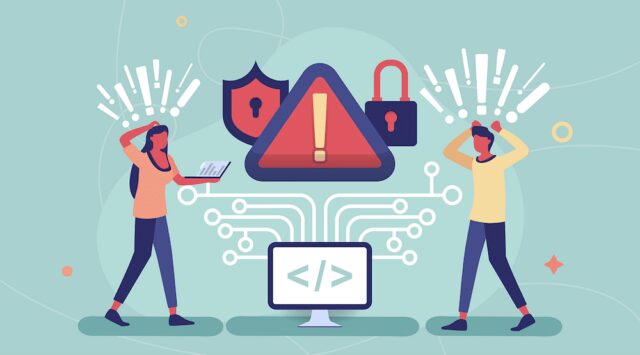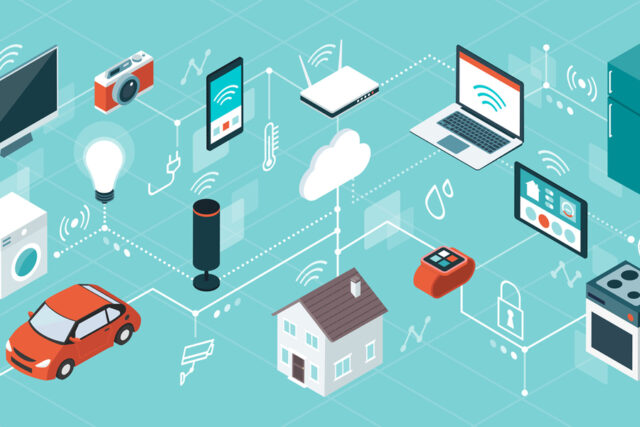Cyber attacks are constantly evolving, becoming more sophisticated and increasingly dangerous. Cyber attacks are becoming more and more sophisticated every day. Cybercriminals exploit your open security vulnerabilities, target the weakest links in your system, and take out the entire network. You can do many things to protect yourself, like encryption and firewalls. These days it’s also essential that you have virus protection software installed on your computer and run regular scans on it. Below are the top cyberattacks of 2023;
1. Social Engineering

Social engineering is a method of attack that utilizes human beings and therefore relies on people to make all the decisions (such as clicking links) required to carry out the attack. A social engineer typically gains an employee’s trust by starting a seemingly benign conversation, such as offering to help fix their computer. A social engineering attack often relies on opening at least one port on the victim’s firewall before attacking their system directly.
According to research by Cyber Security Hub, 95% of all cyber-attacks involve some form of social engineering. Preventing social engineering is one of the more difficult challenges in the security industry because a skilled social engineer can gain access to any system, compromise it, and inflict large-scale damage before their identity or motive is discovered.
2. Third-Party Exposure

Getting around your firewalls and antivirus software is one of the most commonly used cyber attacks. Third-party exposure cyber attacks involve malicious code injected into a seemingly harmless file on a website, allowing the malicious code to propagate once a user downloads that file.
This can happen in one of two ways. The first way is when a user visits a website that has been compromised by malware or identifies itself as unsafe (such as by spoofed DNS entries) and clicks on an infected advertisement that redirects them to an external site. The second way is when a user visits a safe website, but the outer parts of that site are compromised (through DNS spoofing or other means). To reduce the possibility of third-party exposure, install anti-malware and security software on your computer. Install the most recent version of the antivirus software on your computer.
3. Configuration Mistakes

Exploitable configuration mistakes are an essential part of cyber attacks. These mistakes can allow one to find and exploit a configuration mistake in your environment, enabling them to target specific interests of your network by using those particular vulnerabilities. Errors in security configurations are easy to make and hard to discover. Therefore, if the attacker knows that a configuration error is present, it can be used against you.
Software errors are hazardous when they affect security-related components, such as authentication software or firewall rules. Even if the error is caught before the new software goes into production, it may take a lot of effort to repair and can impact many users.
4. Cloud Vulnerabilities

According to an IBM study, 73% of all cloud servers contain at least one security vulnerability. While some infrastructures are more secure, cloud servers are more vulnerable because they have a high degree of connectivity and depend solely on the infrastructure to provide security.
Cloud computing will be widely used in 2023. The main reason behind the popularity of the cloud is that organizations can save a lot of money and effort in managing electronic data by moving their IT infrastructure to the cloud. With the growing popularity of cloud services, cyber attacks on them have also been increasing. The more popular a cloud service becomes, the more critical it is for cloud servers to be secure.
There are many ways to exploit the vulnerabilities in cloud servers. The most common is a privilege escalation attack, in which attackers try to access network resources by using exposures on a system with administrative privileges. Because the security of networks and systems running in the cloud exists at the boundary between different networks, there is generally no external monitoring or intrusion detection that can detect such attacks. Cloud data center owners must also worry about tracking software exploits, as many attacks happen before detection or any action is taken by affected organizations.
5. Mobile Device Vulnerabilities

As per a report by Gartner, at least 1 in every five persons in an enterprise is using a mobile device to connect to the network. The number of devices on enterprise networks is increasing exponentially, and it has become essential for IT departments to secure them. Mobile devices are vulnerable to cyber-attacks because they contain information that can be misused (such as credit card numbers), have connectivity to the Internet (including Bluetooth, which is vulnerable to remote attacks), and are generally easier for attackers to access.
A common type of malware for mobile devices, called “jailbreaking,” allows users to run the software and install third-party applications not authorized by Apple. Jailbreaking also raises security concerns about user data privacy. The best way to protect mobile devices is to make sure they are updated. Also, users should avoid untrusted networks, such as public wifi networks or open networks available at hotels.
6. Internet of Things

Working from home is more common now than ever. This opens up a massive range of new possibilities, but it also raises some security issues – chief among them the vulnerabilities inherent in the Internet of Things. According to a report by Cisco, there are now far more devices connected to the Internet than people, and those numbers are growing exponentially. Networks have become so large that many device manufacturers rely on the cloud infrastructure for support.
Cyber security experts advise on the security vulnerabilities that are increasing with the advent of the Internet of Things. Cybercriminals are already exploiting this platform, and it is only a matter of time before significant cyber attacks will be performed on the Internet of Things. Manufacturers need to strengthen their security measures to protect IoT, and consumers must be cautious while using them.
7. Ransomware

Ransomware attacks are a cybercrime that targets computers and networks explicitly and attacks them by either encrypting data or locking out the user by locking access to personal files. Ransomware, as with other types of malware and viruses, typically infects one’s computer via unpatched software vulnerabilities on their machine.
For example, security researchers at Symantec estimate tens of thousands of easily exploitable vulnerabilities in consumer software. Therefore, the more actively you apply patches for security updates and to prevent your machine from becoming infected, the better protected your computer will be from ransomware.
To ensure that they are protected against this threat, organizations should employ a robust cyber security strategy that includes two critical elements: network security and application security. According to a 2016 report by London-based Aite Group, “Existing applications are as insecure as ever,” resulting in an average annual cost per data breach for companies globally of $6.2 million.
Cyber attacks this year are a significant threat and becoming more common. Therefore, being aware of all these types of cyber attacks and their implications on organizations is crucial for businesses and the public. Application security (including web and mobile applications) is vital to computer and network security. Many tools exist to help secure software, the specific choice of which tool will depend on the organization’s operating systems and the type of applications it develops or manages.



